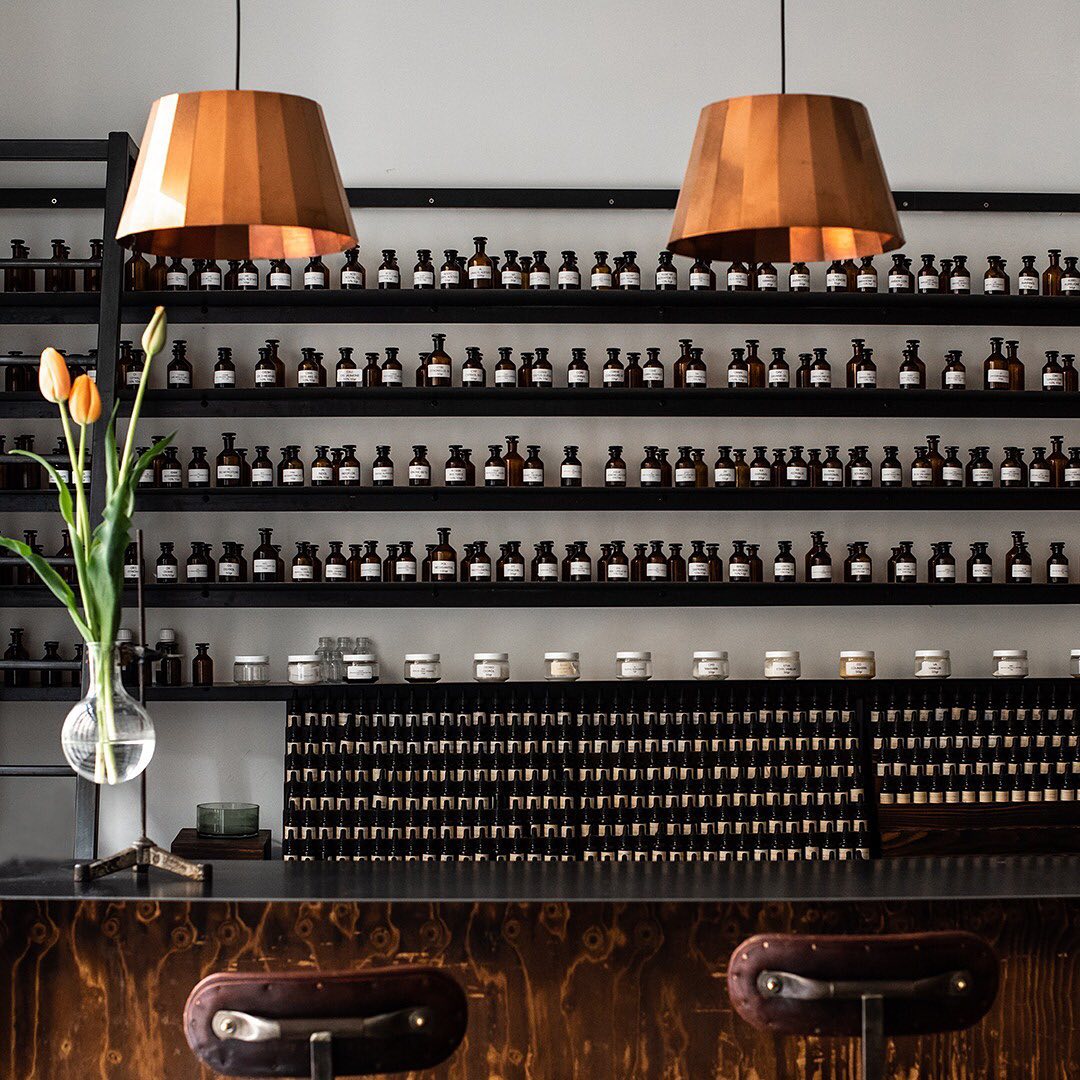
the largest multi-brand beauty store in France
+800 fragrances from +80 brands including :
recommended in more +60 city guide
You have a question? Please consult the Frequent Asqued Questions (FAQ).
If you don't find your answer, please contact us:
by email: info@noseparis.com
by phone: +33 1 86 47 72 76
Nose ship perfume by international airfreight and by La Poste for the services Colissimo Expert and Chronopost Classic to more than 75 countries.
To know more, please consult the Frequent Asked Questions (FAQ)
To know more about returns and refunds, please consult Terms and Conditions of Sales, section 6 Right to and period of withdrawal.
Nose proposes an olfactive diagnosis where 5 perfumes will be proposed among a list of 500 curated ones.
Do the diagnosisNose proposes an olfactive diagnosis where 5 perfumes will be proposed among a list of 500 curated ones.
Do the diagnosisMadame Caron was born in Grasse and studied at the Roure Perfumery School. She came to Paris in 1975 to work for the Roure company, which later became Givaudan. In 1994, she joined Quest and brought Calice Becker with her. At a later point when Givaudan acquires Quest, Caron becomes a part of Takasago along with Francis Kurkdjian, where she’s been very happy.
What is your motto?
Art begins with resistance (André Gide).
What is your most beautiful olfactive memory?
The smell of colognes with which my father would soak himself every morning. Large bottles with quite simple formulations. A concentrate of citrus fruits.
What brought you into the world of perfumes?
It was simply to make my father happy. He is Mediterranean and was a broker for natural raw materials from all over the world. At lunchtime he would bring us raw materials and ask for our opinions. When we were young, we would go visit the lavender fields in Drome during the month of July. They were like blue seas of lavender as far as the eye could reach. These unforgettable memories are like my “madeleine de Proust”.
Who has been your mentor, or the perfumer who has influenced you the most (at Roure, elsewhere, or before)?
I followed the education at the Roure Perfumery School and the Jean Carles method. Within the group of perfumery students there were people with whom we were more or less close. We would exchange ideas, correct each other, share influences. We were aspiring perfumers with an equal level of experience. I never had one master.
What is the Jean Carles method?
La méthode Jean Carles consiste premièrement à apprendre à sentir par familles olfactives: florales, hespéridées, etc. On fait un tableau d’évaporation de toutes les matières premières pour comprendre et mémoriser l’evanescence des notes. Ensuite, on apprend par comparaison. Lorsqu’on maîtrise tout cela, on apprend dans une approche horizontale par accords (plus de 400/500). Equilibrer un accord est ensuite toute la complexité. A la fin, la formule à l’écrit dans l’approche Jean Carle nous permet facilement de s’imaginer le résultat. On ne fait que vérifier avec la pesée.
Le parfum est une histoire de famille (votre frère est le maitre parfumeur Olivier Cresp). Y a t il des référant et/ou points communs?
The Jean Carles method primarily consists in learning to categorize smell by olfactive families: floral, citrus, and so on. We make an evaporation chart of all the raw materials that lets us understand and memorise the evanescence of the different notes. Then, we learn through comparison. When all these parts are mastered, we learn about scent agreements (more than 400-500) through a horizontal approach. The complexity lies in the balancing of an agreement. At last, it’s the written formula used in the Jean Carles method that allows us to easily imagine a given result. All you have to do is to verify using scales.
Perfumes are an inherent part of your family (your brother being the master perfumer Olivier Cresp). Do you have any common reference points?
I’m impatient by nature and I do things fast, I’m very intuitive. My brother is very patient and methodological. I’ve never worked with him since we were working for competing companies. People who work in perfumery don’t trust each other. I saw my brother’s formulas at Quest after he’d been there and I realized the huge amount of work he had done. Our common points are limited to the fact that we are children of the same parents and that we share a blood type that is quite rare.
How would you describe your olfactive signature and your approach to the creation of colognes, perfumes and candles? Your secrets have never yet been revealed!
There is no signature. You have to adapt to whatever is being asked of you. Myself, I prefer colognes and florals. Like a painter, you need to know how to do everything and then add your own touch. I often use short and quick formulas. I love the elusive aspect of colognes. Today, colognes are made to last by adding a chypre base. That was the case for instance for the cologne Chic by Astier de Villatte.
You’re a perfumer for Astier de Villate, how did you decide to work with them?
Through an encounter. We had a meeting at Mariage Frères. There were 20 products to make in three months. It was bewildering. I told them that we were never going to make it. They brought a very precise brief describing what they wanted: a city, a component of a specific place. For example: a stalk of hay or dried grass (Québec candle). Thanks to their culture, exigency, creativity and clarity we were able to make it. And, everyone kept up their good spirits!
You’ve also created several niche perfumes such as Iris Nobile by Acqua di Parma and Carbon by Nu_be. What does niche perfumery inspire in you?
Complete freedom and a process of osmosis with the creator of the brand. Like a communion. It’s a real partnership of 50%-50%. Always with the utmost respect for one another.

the largest multi-brand beauty store in France
+800 fragrances from +80 brands including :
recommended in more +60 city guide
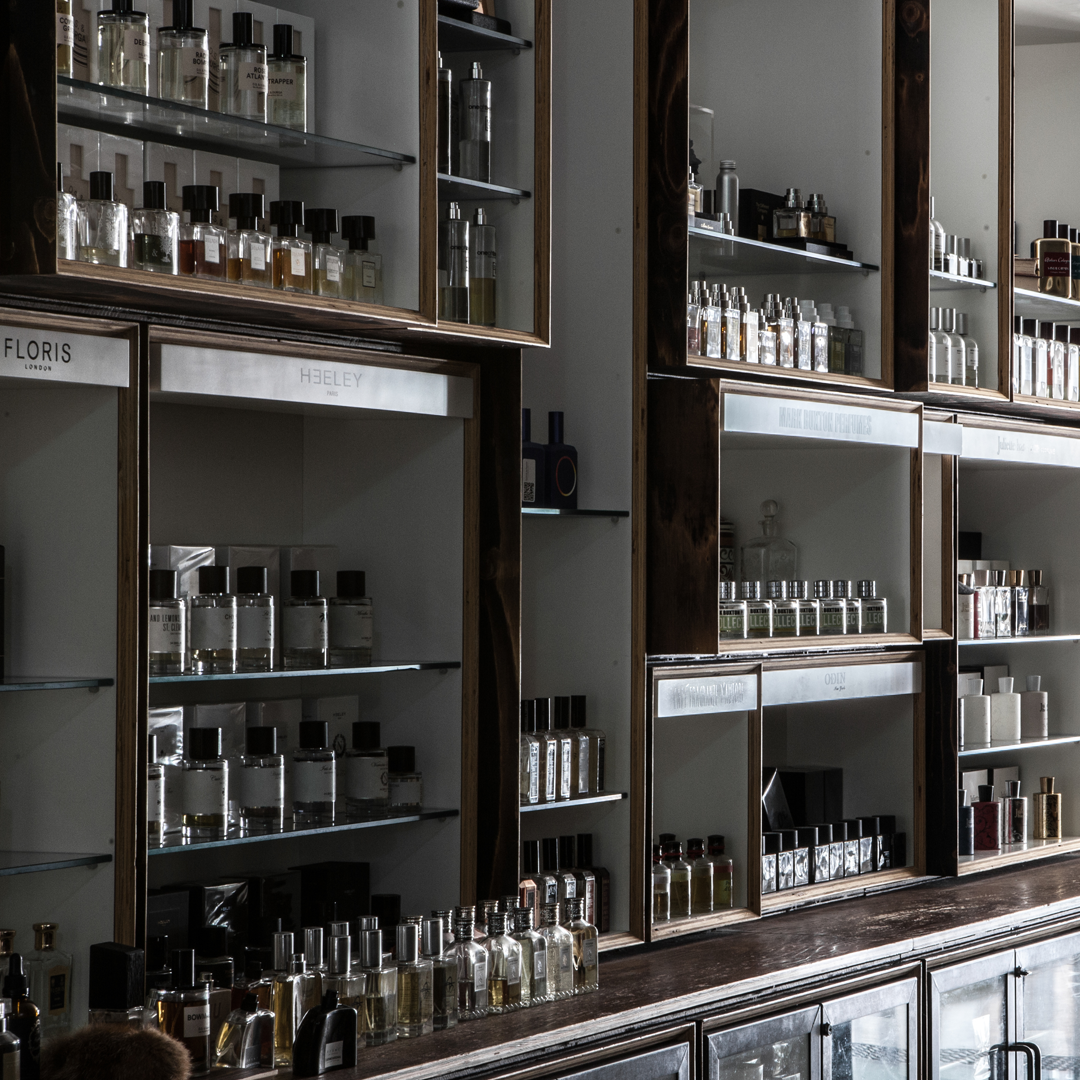
+ 800 fragrances from +80 niche brands
but also home & cosmetics.
100% authentic products & official reseller
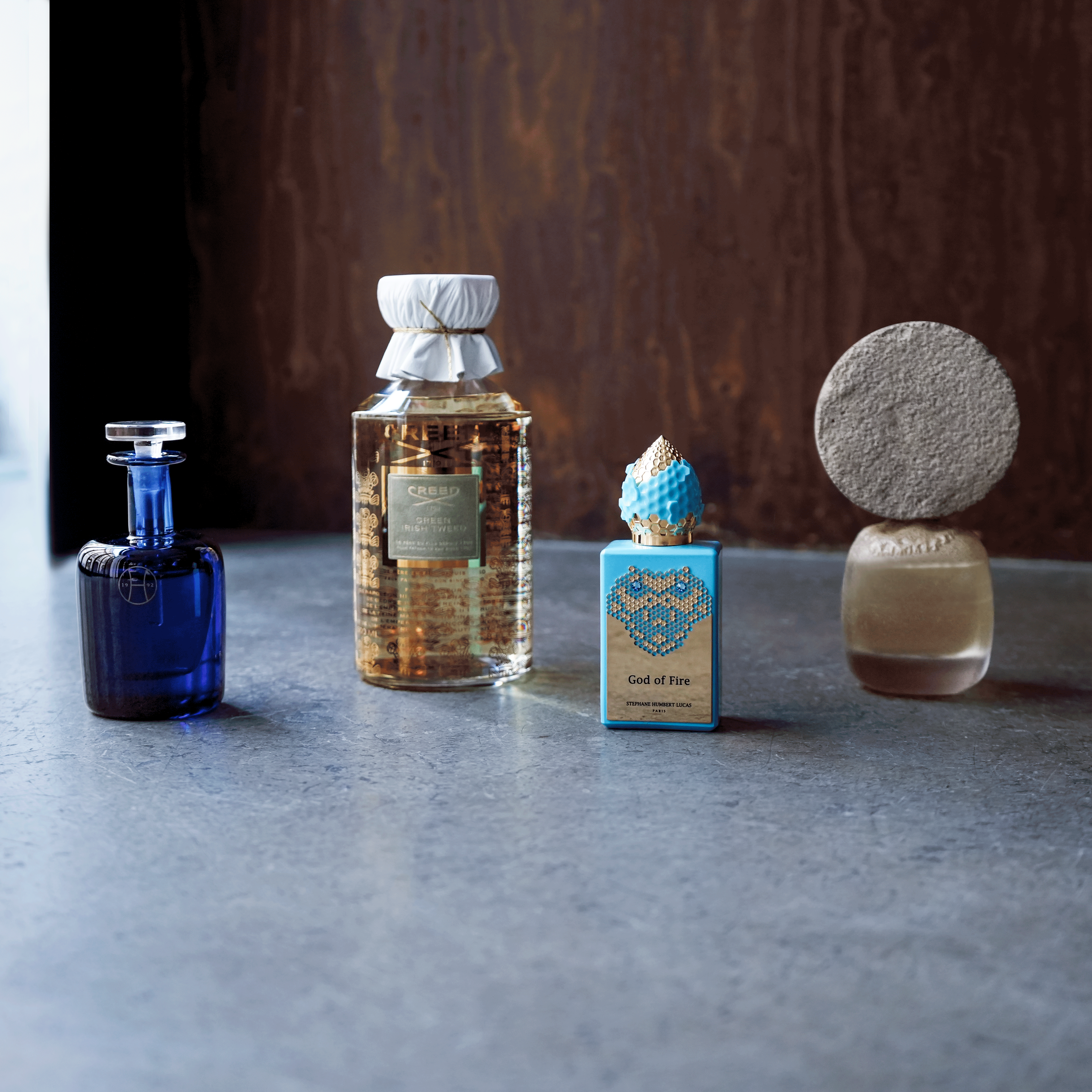
official French price for :
Creed, Maison Francis Kurkdjian, Kilian,
Marc Antoine Barrois…
VAT free for non European country
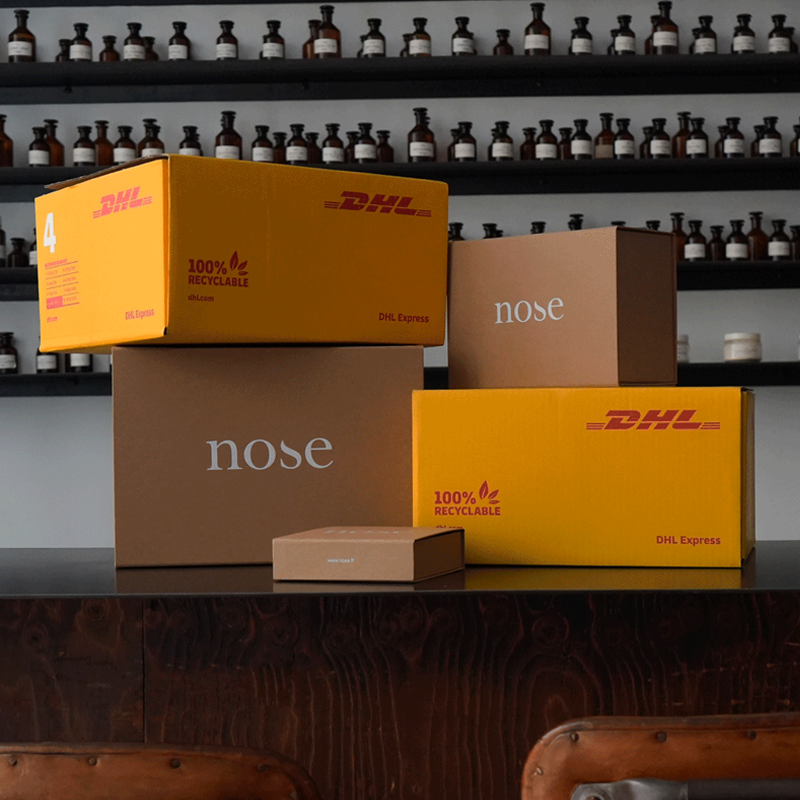
free express airplane delivery with DHL above
€167
all informations available here.
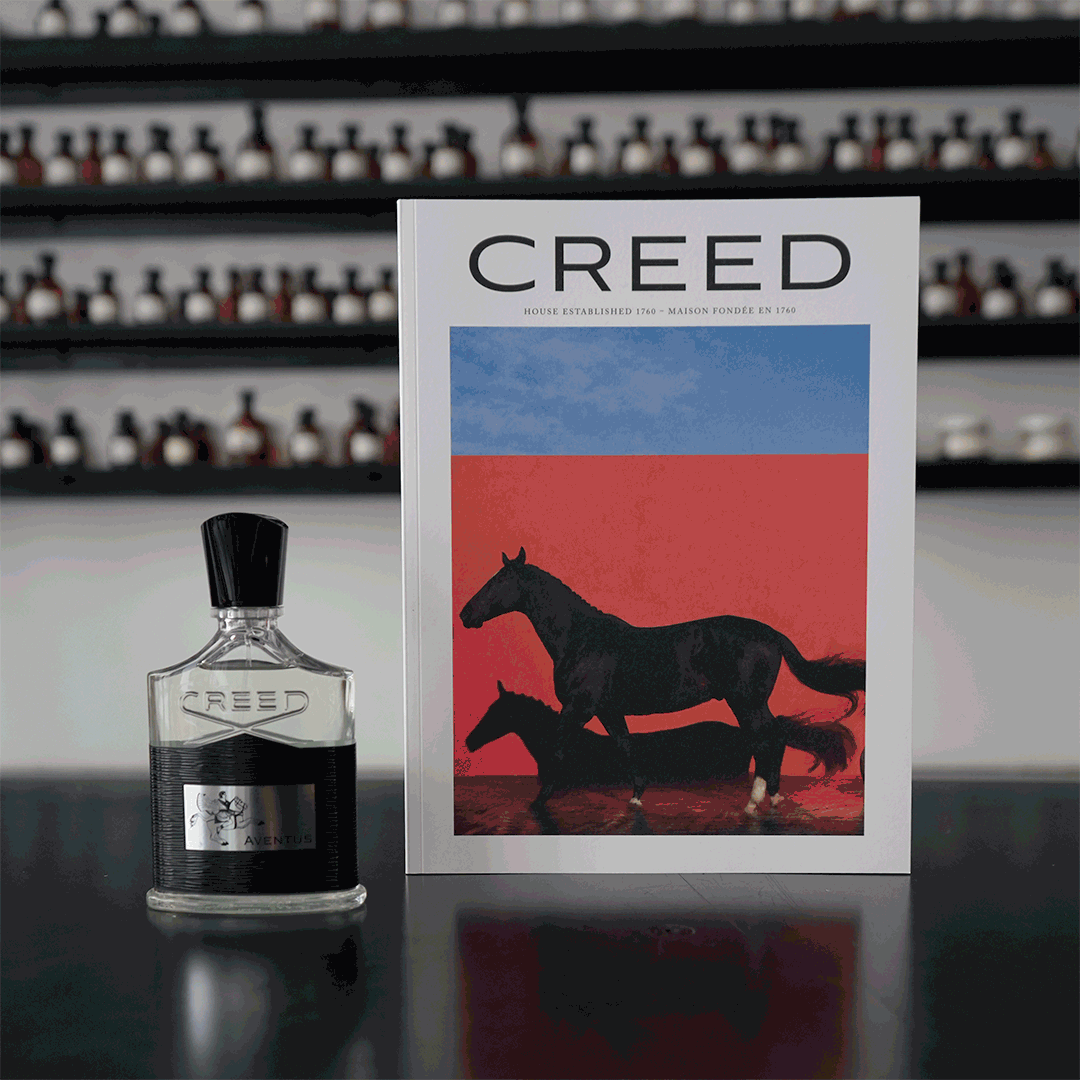
+200 gifts offered with purchase by over 50 brands!
Creed, Maison Francis Kurkdjian, Kilian, Diptyque,
Éditions de Parfums Frédéric Malle & much more
to discover here.